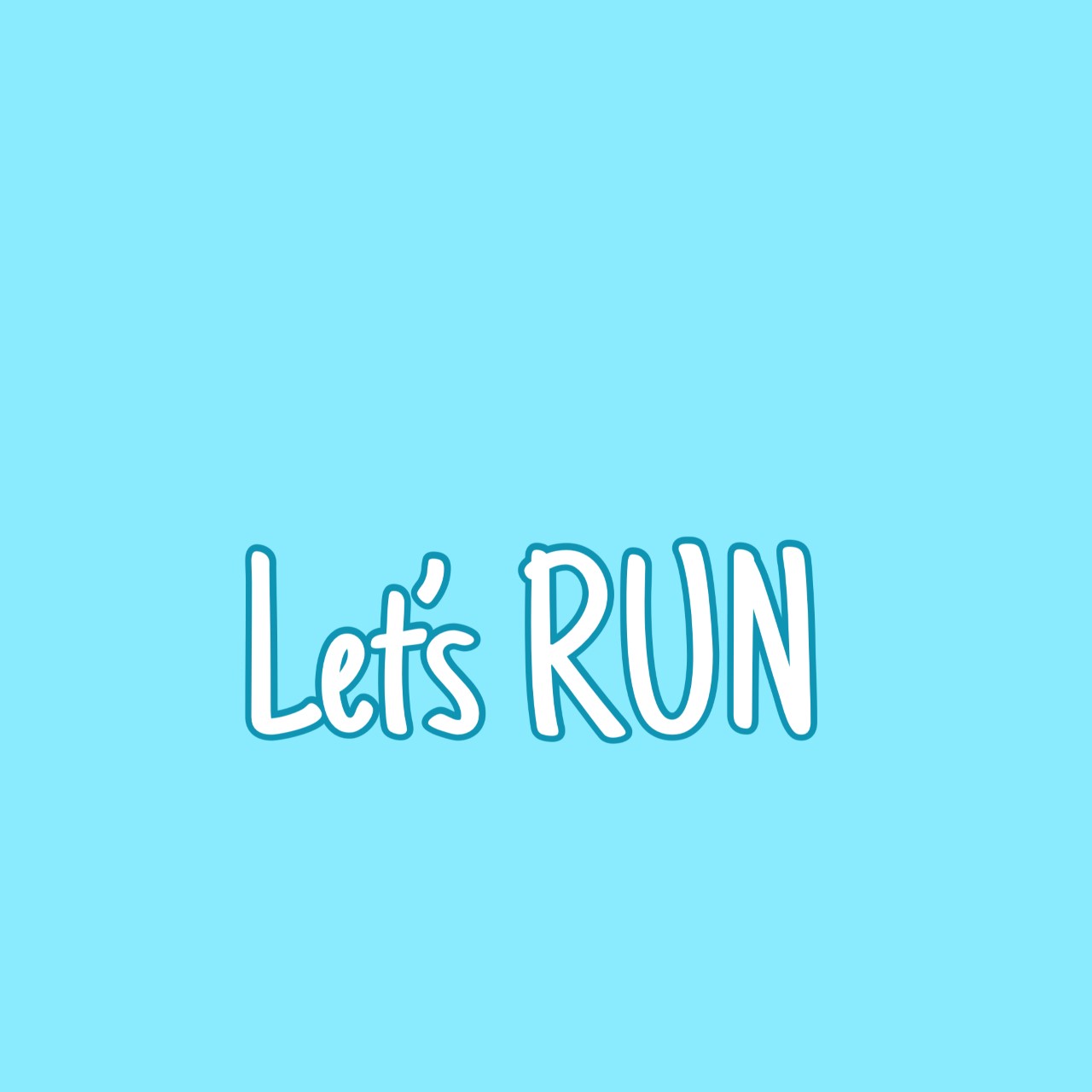Ready to Start Running? Here’s What You Need to Know
Blog Series Part 1 of 3
Running is an ideal exercise for cardiovascular health, overall fitness and is known to provide mental health benefits. In addition to weight loss and improved cardiovascular systems, many runners also experience a boost in confidence and improved sleep. In this three-part blog series, you’ll find helpful tips for new runners, experienced runners and those ready to take running to the next level.
Although running can play a beneficial role in improving overall health, it’s important to seek the advice of a physician BEFORE starting ANY type of exercise program or making dietary changes.
New Runners – Couch to 5k Training
Many people choose running as one of many options to lose weight, improve energy levels or as a simple excuse to spend time outside. It has a relatively low barrier to entry, basically shoes, and can be done virtually anywhere. Some people choose to run alone while others prefer to run with a friend and there are no complicated rules to follow.
The 5k, or 3.1 miles, is a common goal for many new runners. Almost every town has a 5k running event. Schools, churches, parks and recreation departments and many other nonprofit organizations host a 5k to raise money and awareness for their cause or services. You’ve probably been asked to participate in such an event or know people who have completed a 5k. Find a 5k in your area that takes place in 10-16 weeks from now and mark that date on your calendar. Having a deadline affirms your commitment and can be a great motivator!
It doesn’t take much to start running, but before heading out the door, here are a few tips:
- Choose a training plan: Training plans provide the easiest, safest method for achieving running goals. Download an app or print off a training plan, such as a Couch-to-5k® plan. There are several variations of this plan, one of which includes a 30-minute workout, 3 days a week for 9 weeks. Other plans may be 12 or even 16 weeks long. Choose a plan based on your current level of fitness. Add each workout in the training plan to a calendar and treat them like any other important appointment.
- Plan to walk: Most entry-level training plans will consist of a run/walk method, for example a 1-minute run followed by a 1:30-minute walk, to be repeated for a period of time. Eventually the running time will increase and walking time will decrease. The run/walk method builds endurance while minimizing the risk for injury or burnout.
- Proper shoes and apparel: Visit a local running shop to discuss running shoe options, and there are many. A sales representative will be able to explain the different brands, features, price points and recommend shoes that fit and match running goals. Try on several pairs of shoes, walk or run around the store and choose shoes that feel good. Most stores will allow returns if the shoes don’t feel right, just be sure to get the details. While cotton t-shirts may suffice, most people find that cotton isn’t great for sweating or friction – it can cause blisters and chaffing. Running socks and dry-fit apparel are preferred, but can be put off until they fit in the budget.
- Pay attention to nutrition: Nutrition plays a vital role in providing the energy needed to run and promoting recovery. Some people run fasted, others have a small breakfast and wait an hour or more before running. Experiment with what, how much and when to eat before heading out to run. Seek the advice of a Registered Dietician or Nutritionist for more specific nutritional guidance.
- Schedule recovery: Recovery becomes increasingly important with age. Incorporating recovery techniques before and after a run, such as foam rolling tight muscles, is beneficial. After a run, ice and heat soothe achy muscles, compression garments promote blood flow and warm baths further relax tight muscles. As always, rest and sleep are important as muscles repair during these periods.
- Listen to the body: Pain is a signal that something is wrong. Running shouldn’t hurt and if it does, seek medical advice immediately. Pay attention to what the body is saying and respond appropriately.
Running is a popular activity and there’s plenty of people ready to provide encouragement or join you! Reach out to friends, local running stores or run clubs, or me to ask questions. For more tips, be sure to listen to Allan Misner and I discuss How to Get Started Running Over 40 on the 40+Fitness Podcast.
Congratulations on taking this first step! Contact me for additional information, guidance and support as you start your running journey!

